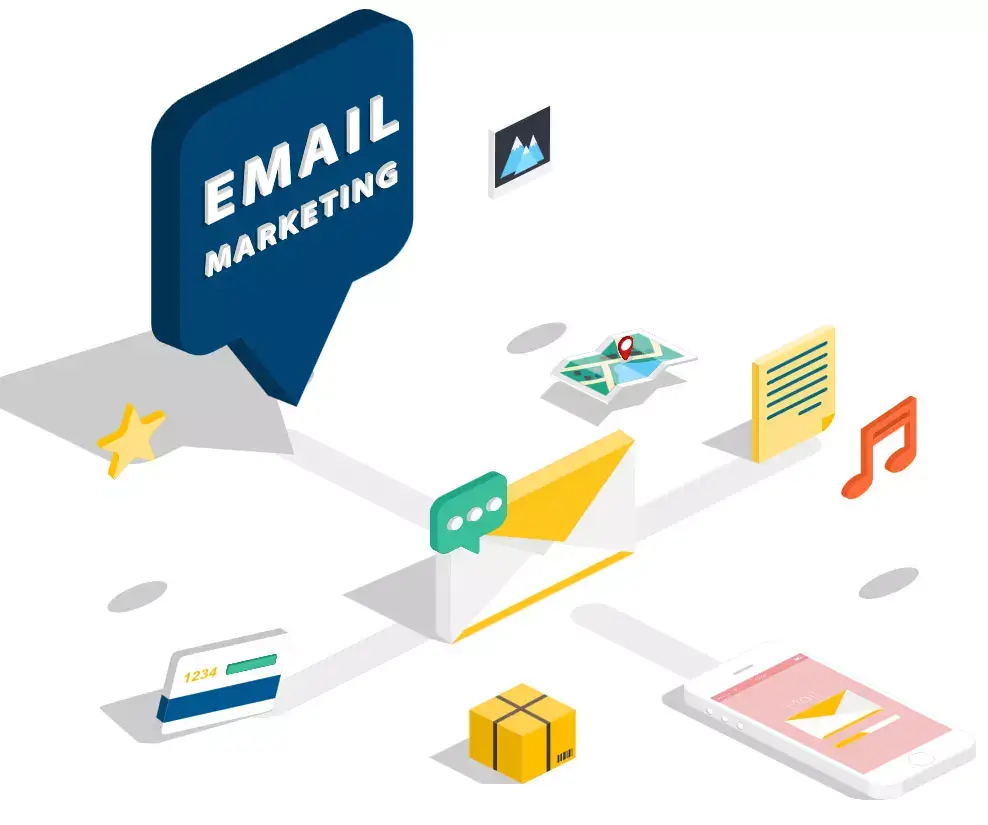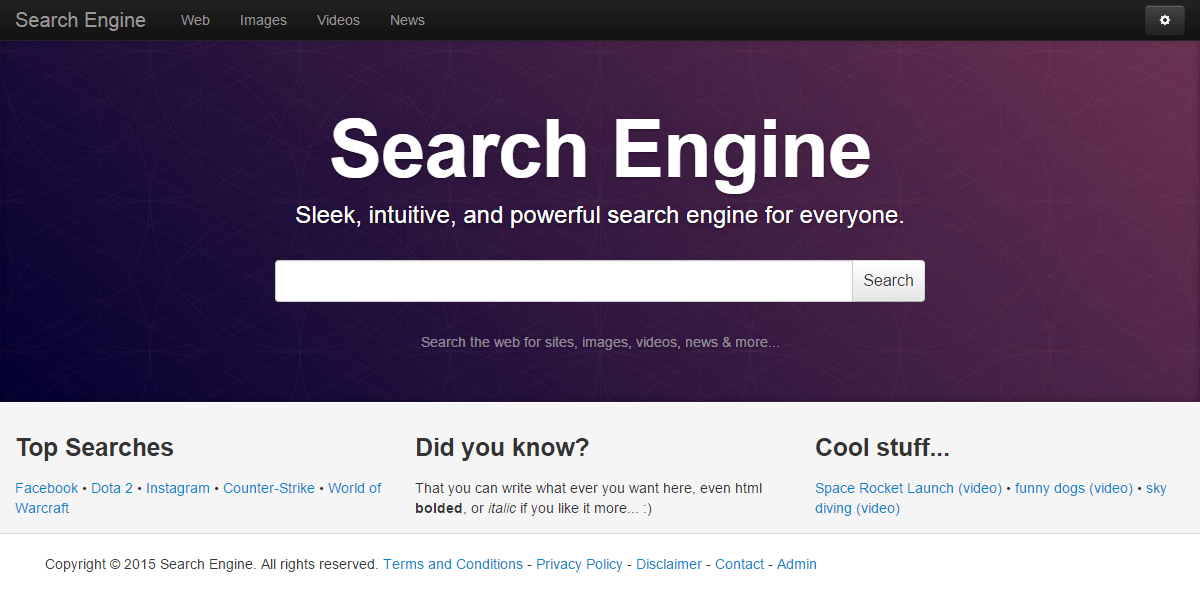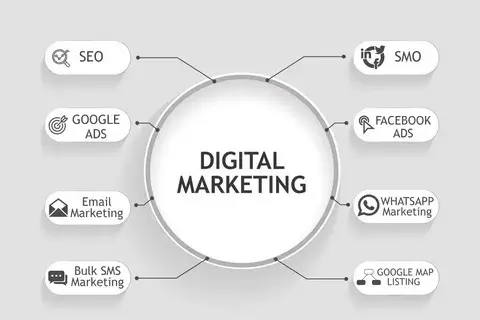Within the continuously changing field of digital marketing, emails continue to be a resilient force that adapts and changes with the introduction of new technology and the appearance of creative trends. Investigating the intersection of new trends and technology in email marketing becomes not just crucial, but also essential for organizations to stay ahead of the competition as they move through the constantly evolving environment of consumer engagement.

Email marketing has experienced a radical transformation from its days of being defined by impersonal mass broadcasting. These days, it is fueled by data analytics and advanced AI algorithms and exists primarily on the foundation of hyper-personalization and accurate segmentation. The entire email marketing environment has changed as a result of the move away from a one-size-fits-all strategy and toward an improved comprehension of every person’s preferences, practices, and interests.
Engaging viewers in this age of digital information overload has become a complicated balancing act between relevance and interactivity. The concept of email communication has changed with the invention of interactive email content that includes immersive multimedia, shoppable features, real-time surveys, and gamified experiences. The key to drawing in and holding the attention of an audience has evolved from static communications to dynamic, stimulating interactions within the inbox.
Emerging Trends Influencing Email Marketing Today
Personalization and Hyper-segmentation:
Email marketing personalization has developed beyond just including the name of the recipient in the subject line. It now includes a thorough comprehension of the behavior, choices, and situational significance of the client. Incredibly focused groups are achieved through hyper-segmentation, separating the audience based on their demographics, past purchases, engagement levels, and other factors.
Using advanced data analytics tools, marketers can create content specifically targeted at specific audiences by extracting insights that can be put into practice. Emails with dynamic content blocks adjust according to recipient characteristics so that every recipient sees content that is specific to their interests. This level of adaptability, which speaks directly to the wants and preferences of the recipient, not only increases the rate of opening and clicking through but also fosters customer loyalty.
Furthermore, marketers may precisely launch targeted advertising since AI-driven predictive analytics predicts customer behavior. Machine learning algorithms can use predictions of the goods or services a potential consumer would be interested in to improve email content by aligning it with these predictions.
Personalization isn’t only limited to content. It also includes send-time optimization, which makes sure emails get to recipients when they are most likely to interact, increasing the possibility of a response and conversion. In a crowded digital scene, this trend emphasizes how important it is to know the person behind the email address, increasing the efficacy and impact of email marketing initiatives.
Interactive Email Content Revolutionizing Engagement
Email campaigns that were once static have become dynamic and captivating thanks to the introduction of interactive email content. By adding interactive components straight into emails, marketers can now capture audiences and increase engagement rates while creating a more engaging user experience.
- Questions and Gamification:
Encourage senders to engage in conversation by including activities or interactive tests in emails. Not only can gamified features like personalized suggestion quizzes, spin-to-win wheels, and scratch-off cards amuse consumers, but they also encourage them to interact with the information. In addition to being entertaining, these interactive elements offer insightful data on user preferences and behavior.
- Exchangeable Email Content:
It is now possible to have seamless purchasing experiences with interactive emails right from your inbox. Marketers embed clickable features showcasing items or services, allowing customers to browse, choose, and buy without ever leaving the email. Higher conversion rates result from this simplified approach’s reduction of friction in the buyer’s journey.
- Real-time surveys and polls:
The message embeds polls and surveys, urging email recipients to respond immediately, fostering a sense of being valued and heard. With the help of these real-time interaction tools, marketers can better understand consumer preferences, attitudes, and opinions and design future campaigns that live up to customer expectations.
- Video and Animated Content:
Emails containing animation or video content increase interaction by providing a fluid and aesthetically appealing narrative. Emails with videos that feature product demos, behind-the-scenes looks, or customer testimonials are more engaging and have a greater click-through rate than those with text or static images.

Technological Impact on Email Marketing
- AI and Machine Learning:
The email marketing industry has seen a change because to the incorporation of AI and machine learning technologies. By evaluating enormous datasets, AI-powered solutions help marketers better understand consumer behavior, preferences, and purchasing patterns. The development of highly targeted and tailored email marketing is made possible by these insights.
Predictive analytics, in which AI algorithms project future actions based on past data, is one such use. With the help of predictive algorithms, marketers may create emails that meet the expectations of their target audience. Artificial Intelligence improves the efficacy and relevance of email content by doing everything from making product recommendations to forecasting the best send times.
Furthermore, content optimization powered by AI makes sure that every email speaks to each recipient personally. AI determines the emotional tone of emails using natural language processing (NLP) and sentiment analysis. It then refines language and content to attract the desired replies. This results in communications with subscribers that are more powerful and engaging, which eventually raises conversion rates.
- Automation and Workflow Tools:
Automation technologies streamline email marketing procedures, relieving marketers of tedious work and enabling them to focus more strategically. Email automation encompasses various features, including list segmentation, drip campaigns, and responses triggered by user activities.
Workflow technologies provide timely and appropriate communication by dynamically managing subscriber lists.
Automated workflows can initiate welcome emails, post-purchase follow-ups, and re-engagement campaigns for dormant subscribers. These automated sequences provide the appropriate message at the right moment to nurture leads, build relationships, and increase conversions.
Additionally, these tools’ facilitation of A/B testing enables marketers to test various email elements—from subject lines to content layouts—so they can make data-driven decisions that maximize campaign performance.
- Interactive Content Enhanced by Automation:
Marketers are now able to provide individualized interactive content depending on user behavior triggers by means of automation. If a subscriber to your email regularly interacts with quiz-based content, for example, you may send them automated follow-up emails with additional quizzes or recommendations based on their quiz results. This tailored strategy fosters engagement and guides subscribers through a customized journey when users activate it.
Automated workflows enable the creation of interactive email paths, allowing recipients to choose their own route. Decision-based components, such as clickable buttons or routes, empower recipients to select their areas of interest and lead them to content that suits their tastes. In addition to improving the user experience, this dynamic interaction offers insightful information on the preferences and intentions of the user.
Automation technologies make it easier to respond to user interactions in emails right away. For example, when a subscriber clicks on a particular product in an interactive carousel, an automated response might offer more facts about the product, including its price or a link to make a purchase. Real-time responses from these automated systems improve consumer engagement and speed up the buying process.
Conclusion: Navigating the Future of Email Marketing
Email marketing is evolving as a result of new trends and technologies, bringing about in a period of untapped possibilities for marketers. AI, automation, personalization, and interaction are now essential components of prosperous email marketing campaigns.
This medium of advertising will shape its future by efficiently utilizing consumer data and applying cutting-edge technologies to engage audiences, automate workflows, and customize content.
It will be critical for organizations to comprehend and take advantage of these trends and technology if they want to stand out in the cluttered inbox. Flexibility will define the future of email marketing, where quickly embracing cutting-edge technologies and remaining aware of changing consumer preferences will drive effective, conversion-focused campaigns.Through adoption of these modifications, marketers may cultivate more robust relationships, increase conversion rates, and open the door for a dynamic and lucrative future in email marketing.
In conclusion, the key to realizing email marketing’s full potential in the upcoming years lies in the combination of cutting-edge technologies and new trends.











